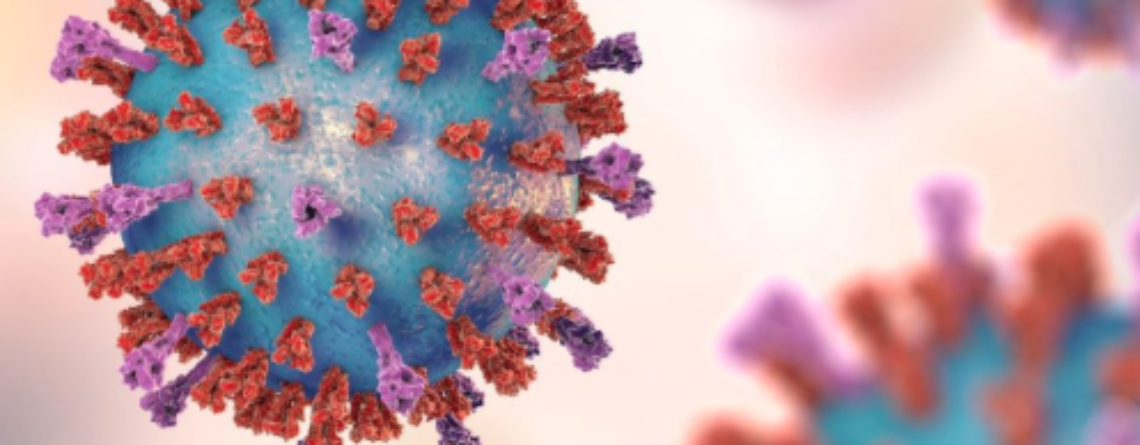In a series of blogs, Tran + Thomas Design explores the ways we can partner with science and good design practice to fight viruses to create safe and healthy environments in both private and public spaces.
Humans spend about 90% of their time indoors, and now more than ever, air quality is crucial to our overall health and well-being. As we are adjusting to being back in public spaces new cases are on the rise, air circulation is a significant factor in keeping us safe. We will take a look at how we can keep the air we breathe as clean as possible.

One of the most effective and natural ways of reducing the spread of the virus is through fresh air circulation by opening a window. Fresh air circulation is a natural and effective way to reduce spread. Closed spaces with minimal fresh air circulation can increase the chances of secondary infections, and viruses can live on surfaces for a longer time frame. However, high heat, humidity and allergies can make this a non-viable option for many people.

The next most effect way is through the heating, ventilation and air conditioning system. While most buildings, offices and homes are not in a position to overhaul their entire HVAC system, steps can be taken to ensure that system is running at its best. The Center for Infectious Disease Research and Policy recommends that air not be recirculated throughout a building. In fact, air conditioning units should operate using 100% of outdoor air. Be sure to close recirculation dampers, and use operable windows whenever possible to allow fresh air to circulate through the system.
Keeping a system updated with regular tune ups and replacement filters will also keep the air cleaner and fresher. Consider a MERV-13 filter, which uses charged fibers to grab and trap airborne contaminants. The American Society of Heating, Refrigerating and Air-Conditioning Engineers (ASHRAE) recommends running the system fan for longer times, even when the heating or cooling elements are not on. This will push the air through the filtration system, especially when circulating with outdoor air.

ASHRAE also recommends that a building’s system operates at its optimum capacity, and to never disable, or shut down part of a system as a cost-cutting measure. Unconditioned spaces “can cause thermal stress to people that may be directly life threatening and may also lower resistance to infection.”
Ultraviolet filtration is gaining traction as an upgraded feature to the HVAC system. Known as in-duct ultraviolet germicidal irradiation (UVGI), these systems use ultraviolet light waves to sterilize microorganisms that pass through by destroying the bonds of their DNA. These systems can also lead to energy savings up to 15% and reduce water waste, making them an ideal solution in green-building design. And because the system is designed to kill microorganisms, it reduces the load on HEPA filters, extending the life of the filter.

Air purifiers and ionizers can also reduce pathogens, but it is not yet known if it is enough to protect against the virus that causes COVID-19. However, these methods can be used in conjunction with other best-practice methods. Many purifiers are effective for pollen and mold spores, but as virus particles are much smaller, they may escape the filter, or be trapped, but not killed.

Ionizers, on the other hand, create positive and negative ions that break down contaminants into harmless compounds such as oxygen and water vapor. When used with a filter, these compounds can attach themselves to allergens and microorganisms, making them large enough to become trapped in the filter, or heavy enough to drop to the ground and out of air circulation.
Fresh air will always be cleaner in terms of pathogens, and a good filtration system can help reduce the spread of contaminants. And above all else, please wear a mask!
About Tran + Thomas
Built on the foundation of a 30-year, family-owned Interior Design business, Jill Tran and Carmen Thomas opened Tran + Thomas Design Studio in 2011 bringing a combined 36 years of experience to their projects. They work on both residential and commercial projects across several styles. Interested in their services? Call (913) 268-9595 or schedule a consultation below.
